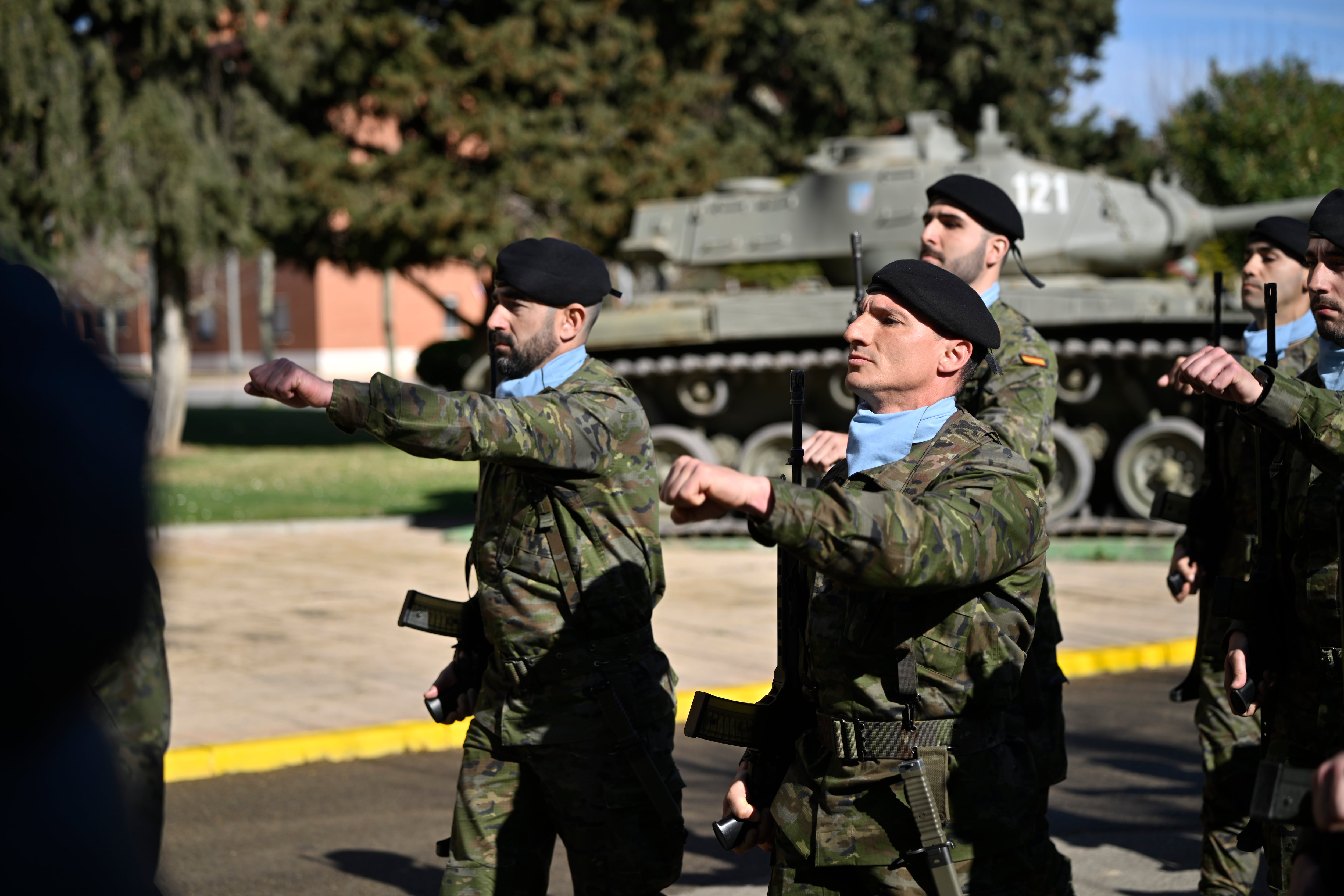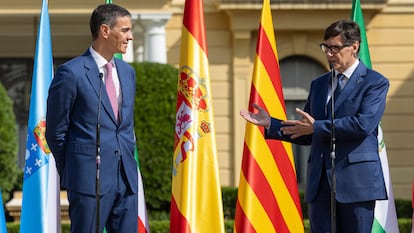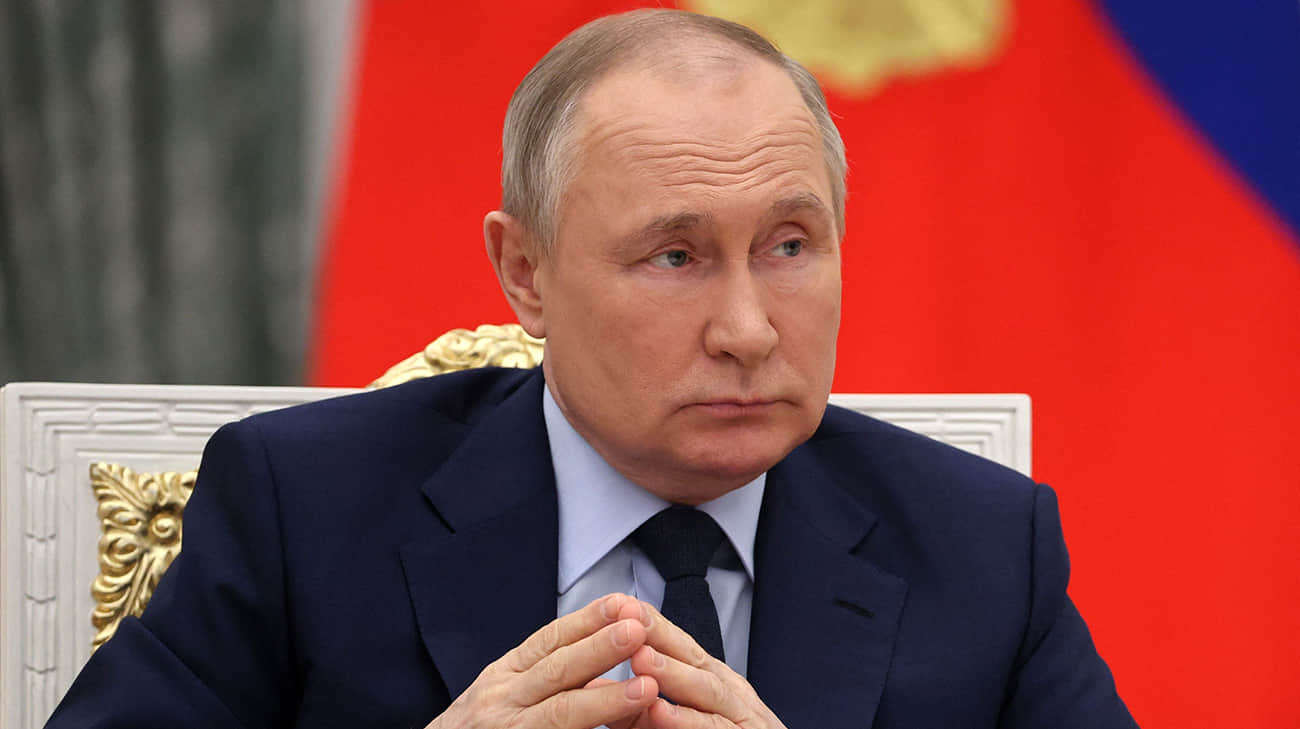Defense finalizes a battery of armament programs to raise military spending to 2% of GDP | Spain

He Ministry of Defense is finalizing a battery of weapons programs to launch it in the coming months with the aim of reach 2% of GDP (Gross Domestic Product) in military spending in the immediate futureaccording to government sources. These are technological projects in areas such as communications, control and control systems or aircraft and newly generated combat vehicles, in which Spanish companies will have a relevant participation. With the objective of training the national industry to face this demanding challenge from the technological and productive point of view, the Ministry of Industry will launch a new financing line called Fores and endowed with at least 1,000 million annually, according to the same sources.
In the absence of definitive data, Spanish military spending was about 1.40% of GDP last year, so it would still be a remarkable push to reach 2%, but The Government does not give up this year, something that several sources give for granted, depending on how the concept of investment in defense and security is interpreted, that Spain wants to make it more flexible to include items such as protection against hybrid threats, such as cyber attacks. Official sources warn that the plan has not yet been closed, although it must be approved before President Pedro Sánchez goes On June 24 to the NATO Summit in The Hague, the Netherlandsthe first since Donald Trump’s return to the White House.
On March 28, 48 hours after Announce at the Congress that the Government will present before summer a “great national plan for the development and impulse of Spanish security and defense technology”the president of the Government received in La Moncloa the highest managers of the main companies of the security and defense sectors, on the one hand, and the aerospace and telecommunications, on the other. These appointments attended, among others, those responsible for Indra, Airbus, Telefónica or Navantia. Everyone urged to undertake investments in their companies to gain size and capacity to the exponential growth of the demand for military teams, both Spanish and European. The absences were significant: La Moncloa did not invite armament companies that are not in Spanish hands, such as the manufacturer of armored people Santa Barbara Systems, which the government of José María Aznar sold in its day to the American General Dynamics, making clear its commitment to the development of the national industry.
The Council of Ministers already approved this April 8 A transfer of 2,084 million to the Ministry of Defense to deal with the payment of ongoing modernization programs. To this are added two other credit transfers for 368 and 70.3 million for the remuneration of the military, 62.4 for the expenses of the DANA, 441.2 for the Ministry and its autonomous organizations and 567 for military operations abroad. In total, the budget managed by Minister Margarita Robles has increased by 3,154.6 million so far this year; An increase of almost 25% over the initial amount extended 12,825 million.
A good part of the economic effort to reach 2% of GDP in military spending will be in charge of the Ministry of Industry that, in addition to the aforementioned FORES program, will finance a series of military projects. The first one, already approved this April 15, is the New Earth Observation Program Paz 2, whose two spy satellites will be built by the company Hisdesat, with a loan of 1,011 million of the department directed by Jordi Hereu to disburse in eight years.
In addition, industry will finance most of the programs that last defense; Many of them new plant, although some have already been developed and is now about starting their manufacture or hiring new production phases. Although there are no definitive figures, its total cost will range between 10,000 and 15,000 million euros (which will be added to the 43,000 that cost the 56 weapons programs now in progress) and deliveries will last until the next decade. These are the main ones:
SCRT (joint tactical radio system). Is One of the pending subjects of the Spanish Armed Forces, especially the Army. Its objective is to complete the replacement of conventional radios that operate in UHF/VHF and HF band by the SDR digital system (software defined radio), safer and more capacity, which already use many NATO countries. The program, developed by Telefónica, Aicox and the Israeli Elbit, amounts to 738 million.
MC3 (control and communications command). Linked to the previous one is the modernization of the command and control system of the land army and the marine infantry by creating an information and communications infrastructure (ICI) safe and interoperable with that of the allied armies, which provides service to the military units deployed in the theater of operations, through a network of stations and mobile platforms. Your budget amounts to 970 million.
NGWS / FCAS (New Generation Weapons System / Future Combat Air System). Integrated by France, Germany and Spain, it is the most ambitious European military project in history. Its objective is to have a new air war system that will not only incorporate a sixth generation hunt but also drones and sensors interconnected in a combat cloud. Indra is responsible for coordinating the participation of the Spanish industry. In addition to contributing to the common budget contributing 2.5 billion euros for the design and development of the system until 2027Spain is pending the approval of its national phase, with 700 million.
VAC (chain support vehicle). It is the armor that will replace the old toa (armored orouga transport) M-13 of the Vietnam War. The first phases of the project have already been approved, but the manufacture of 394 units is pending for an amount of 1,979 million. He will be in charge of the Tess consortium, led by Indra and also integrated by Santa Barbara, Sapa and Escribano (EM & e); The same that manufactures the armored VCR 8×8 Castor, whose deliveries accumulate breaches and delays.
SILAM (high mobility launch system) It is a long -range artillery system, up to 300 kilometers, and high precision that comes to cover the hole that left 14 years ago in the Spanish army the casualty of the RuncoCohetes Teruel, whose need has been reinforced by the war of Ukraine and also responds to a demand from NATO to allied countries. It has been awarded to a UTE (Temporary Union of Companies) formed by Notary (EM&E) and Expalowned by the German Rheinmetal company, with Elbit Israeli technology. Its amount amounts to 714 million.
Aspect (exploration vehicle and land recognition). It is an improved version of the Army Army Recognition vehicle equipped with a mast with camera and laser telemeter mounted on a VamTAC (high tactical mobility vehicle) and equipped with drones to expand its action radius. It has been developed by Navantia and Urovesa and its cost is 159 million.
C-UAS (unmanned vehicles). They are defense systems against drones, which have become the greatest threat in wars such as Ukraine. They combine radars, cameras and antennas to locate unmanned vehicles and inhibitors and firearms to neutralize them. The Army already has the Cervus system in Slovakia and Defense has deployed has commissioned the Aracne to the consortium formed by Indra and Notary, with TRC as a partner, for 36.5 million.
Helicopters 145 and NH90. Spain acquired in 2021 a total of 36 H145 helicopters for the Interior Ministry, the Air and the Navy. And now he plans to incorporate it into the Army. The NH90 helicopter, for which 45 devices have been commissioned, has been integrated into the armies of land and air and the delivery of seven naval units for the Navy is pending. Airbus Helicopters manufactures both models, with a plant in Albacete.
New coach plane. The acquisition of a new training plane for hunting and attack pilots is of the maximum urgency for the Air and Space Army. At the end of this decade they will decline The last Northrop F-5 of the Base of Talavera La Real (Badajoz), with half a century in service. The favorite substitute is the Turkish Hürjet. The Ministry of Defense has already signed a collaboration protocol with its Turkish counterpart and negotiates the participation of Spanish companies in its manufacture. In its day, 70 F-5 were acquired, of which 19 are active, and now it is estimated that the minimum appliance figure would be 24. Its exchange for six A400m transport aircraft manufactured by Airbus in its Seville plant, of the 27 that Spain promised to acquire and the Air Force does not need, it does not need it, it does not need it, because it is enough for it.
Combat Support Ship (BAC). The construction of a new supply ship for the Spanish Navy, similar to the Cantabriathe Pedro Sánchez announced in January 2024 during his visit to the public shipyards of Navantia in Ferrol (A Coruña)where it will be built. Will replace the Patiñowhich accumulates three decades sailing. The execution order is expected to be an amount of 439 million euros, it will be signed next June.
Maritime Action Ships (BAM). The construction of two new multipurpose ships is pending, which will raise to eight the number of units of this type that the Spanish Navy has. Its construction will be done in the shipyards of Navantia in the Bay of Cádiz, with an expenditure roof of 550 million.








